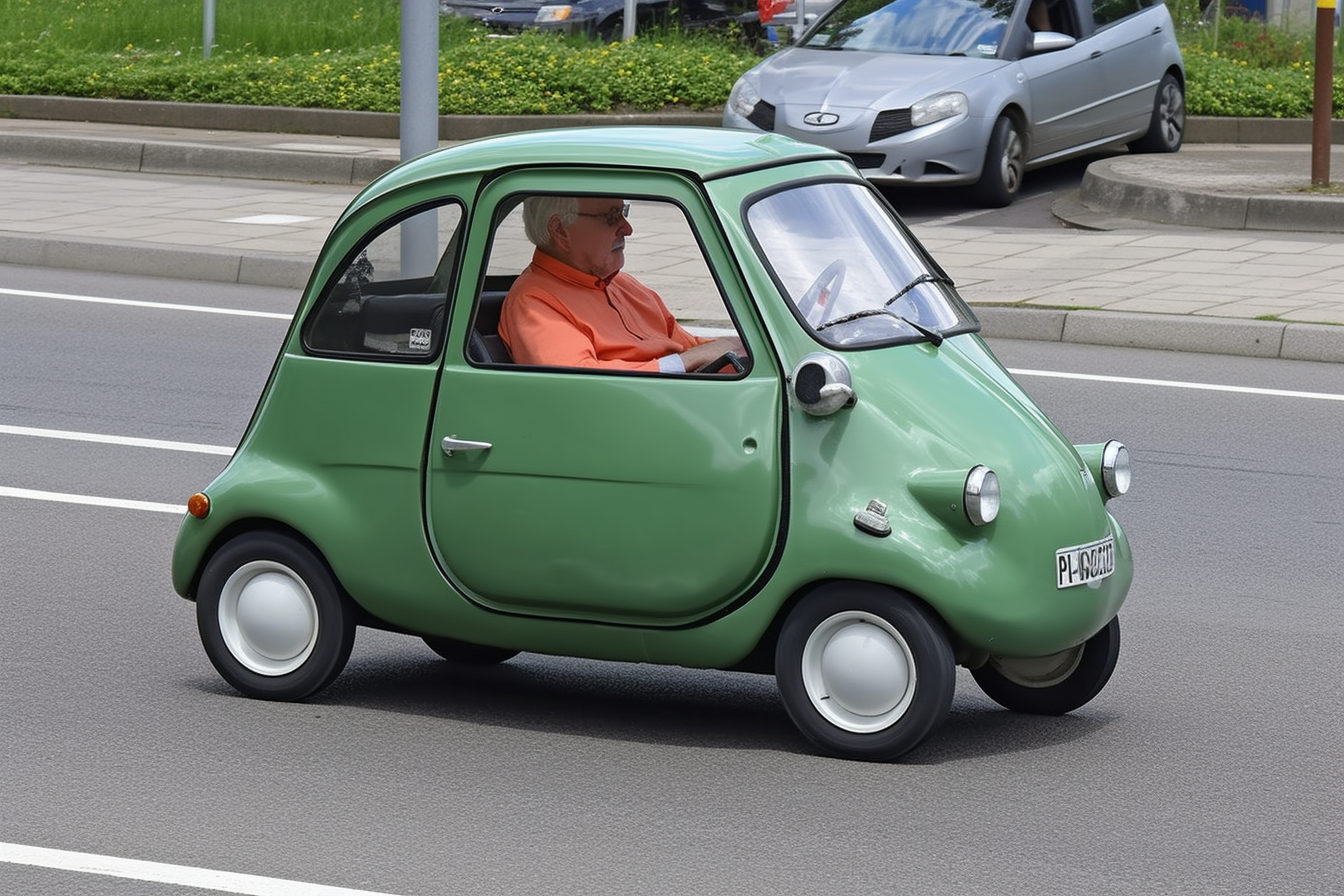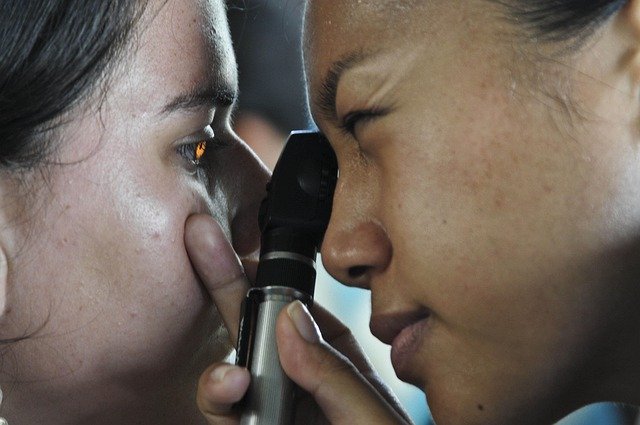Who Can Drive Licence‑Free Microcars in the United Kingdom? Understanding AM Licence Eligibility
Did you know 16‑year‑olds in the United Kingdom can legally drive some four‑wheeled microcars? This article sets out who may operate light quadricycles under the AM licence, explains how the vehicle class is defined, outlines practical limits on the road, identifies who already has entitlement, and provides a clear checklist to confirm eligibility in 2025.

What are licence‑free microcars (light quadricycles)?
Licence‑free microcars in the United Kingdom are generally those classified as light quadricycles (L6e). Under the EU/UK quadricycle framework, an L6e is defined by technical limits that distinguish it from a conventional car:
- An unladen mass no greater than 425 kg (excluding the mass of batteries for electric vehicles).
- A maximum design speed not exceeding 45 km/h (about 28 mph).
- Typically small, low‑power drivetrains — many modern microcars are fully electric.
These limits matter because they determine the vehicle’s legal classification and which driving‑licence entitlement is required to use it on public roads.
What is the AM driving‑licence category and how it relates to microcars
The AM category covers mopeds and light quadricycles within the European/UK licensing framework. In practice:
- AM entitlement is available from age 16 in the United Kingdom and permits the holder to drive L6e light quadricycles that meet the statutory limits.
- The AM category was created so low‑speed, low‑weight vehicles can be used without needing a full Category B (car) licence.
- You may also see references to the AM‑121 code introduced for quadricycles in 2013; older M‑class (moped) licences issued before 2013 generally carry equivalent entitlement.
As of 2025, AM remains the standard entry route for those wishing to drive licence‑free microcars in the United Kingdom.
Which other licence holders can already drive light quadricycles?
Higher licence categories automatically include entitlement to drive light quadricycles:
- A1 (light motorcycles)
- A (motorcycle)
- B (full car licence)
If you hold any of these entitlements on your driving licence, you may legally drive L6e vehicles. Likewise, M‑class (moped) licences issued before 2013 typically qualify; the AM‑121 code clarified quadricycle entitlement from 2013 onward.
Practical limits: where and how you can use a light quadricycle
Light quadricycles are intended for short, low‑speed journeys and come with operational limits that reflect their technical characteristics:
- They are best suited to urban and local trips rather than long, high‑speed travel. Their limited speeds make them unsuitable for motorways and other roads with higher minimum speeds.
- Manufacturer specifications for many L6e models list top speeds around 27–28 mph, so route planning to avoid dual carriageways and motorways is important.
- L6e vehicles usually seat up to two people and offer basic protection such as a roof, doors, and seatbelts, unlike a scooter or exposed moped.
Before relying on a microcar for regular travel, check planned routes and local speed conditions to ensure safe and lawful use.
Who typically chooses licence‑free microcars and why
Common users include:
- Younger drivers (age 16–17) seeking limited independence before taking a full car test.
- Older drivers who may have health or vision limits that make holding a full car licence difficult to obtain or renew.
- People with certain medical conditions where a full car entitlement is not appropriate but a low‑speed microcar is allowed.
- Urban residents wanting a compact, economical, often electric option for short trips and inner‑city parking.
Microcars are attractive because they tend to be more visible and weather‑protected than a scooter, simpler to operate than a full car, and potentially cheaper to run — though costs vary by individual circumstances.
Vehicle features and safety considerations
Typical features of L6e microcars include:
- A compact footprint that helps with tight urban parking.
- Seating for one or two occupants with seatbelts and a basic cabin structure.
- Many current models are fully electric, reducing local emissions for short journeys.
- They are regulated less stringently than full cars, so crash performance differs from standard passenger vehicles.
Safety considerations: drive defensively, be alert to speed differences with other traffic, and always use appropriate safety measures (e.g., seatbelts). Follow manufacturers’ manuals and safety guidance.
Buying, finance and legal practicalities (what to check)
Microcars can be purchased outright or via finance, but consider these practical points:
- Finance and purchase age requirements: many finance providers require applicants to be 18+ even though legal driving age for AM is 16. A 16–17 year‑old may be permitted to drive the vehicle but might need a parent or guardian to buy or finance it.
- Registration and insurance: L6e vehicles are road‑legal but still need correct paperwork and insurance to be driven on public highways — check registration documents and insurer acceptance for the vehicle class.
- Availability and model details: specifications, range (for electric variants) and delivery options vary by manufacturer and retailer; confirm current information before committing.
Note: prices, finance products and offers change frequently; always verify details with local retailers or lenders before proceeding.
Clear checklist to confirm your eligibility and next steps
- Check your driving licence: confirm you have AM entitlement, or A1/A/B or qualifying pre‑2013 M‑class entitlements.
- Check the vehicle classification: ensure the vehicle is an L6e light quadricycle and meets the ≤425 kg (excluding battery) and ≤45 km/h design limits. Look for model technical sheets or the vehicle logbook (V5C) for confirmation.
- Consider routes and use: plan how and where you will drive, avoiding motorways and high‑speed roads.
- Confirm purchase and finance terms: if you are under 18, check whether a parent or guardian must be the buyer or finance applicant. Verify registration, insurance, and delivery practices with the retailer.
- Verify legal and safety guidance: consult government and manufacturer resources for any updates to licence rules or vehicle regulations as of 2025.
Final notes and safety reminder
Licence‑free microcars can increase mobility for a variety of people but come with particular limits and responsibilities. Confirm both your licence entitlement and the vehicle classification before driving, be mindful of where these low‑speed vehicles can operate safely, and ensure you meet any age or finance restrictions when buying.
Sources
- Citroën — Ami key information and L6e classification details: https://www.citroen.co.uk/ami
- Wikiwand — Quadricycle (EU vehicle classification) overview and technical definitions: https://www.wikiwand.com/en/articles/Quadricycle_(EU_vehicle_classification)
Prices, financing options, and availability vary by region, dealer, and current promotions. Always verify current information with local dealers.
Offers and incentives are subject to change and may vary by location. Terms and conditions apply.




